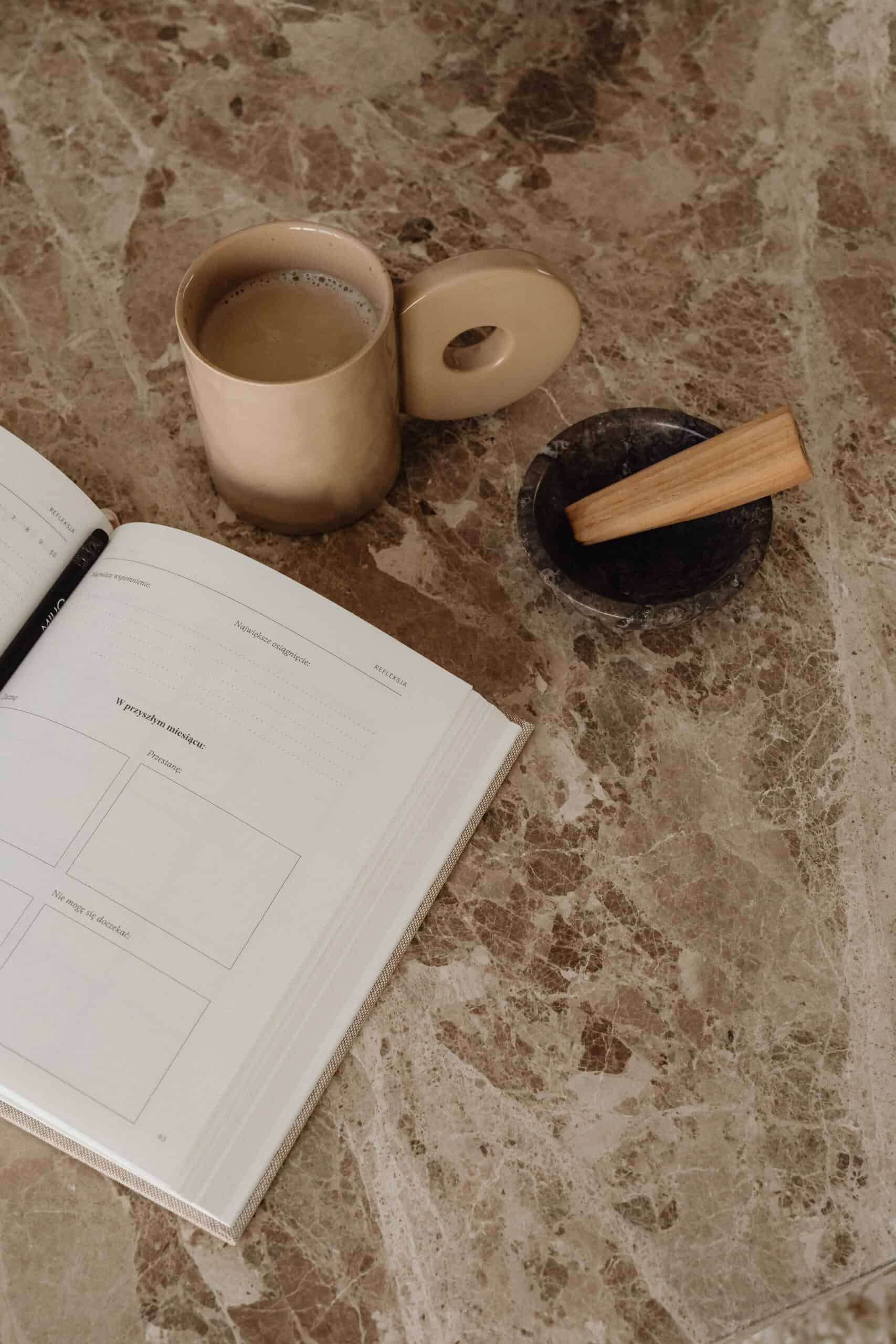Over the past 12 months, I have delivered web development, design and copywriting projects from my boutique studio, Sincere Copy. Being a business owner and delivering projects simultaneously differs significantly from working as an employee. I’m so fortunate to have met brilliant, ambitious and talented people from all walks of life through my work. Most are the definition of dream clients: they pay on time, reply to emails promptly, and trust my expertise.
Yet, even with the best processes and air-tight contract in place, there’s bound to be a client or two who proved themselves to be more than a handful, to the point where the thought of refunding their deposit crossed my mind multiple times. Despite feeling like I was about to pull my hair out, I worked around the obstacles, and they became happy clients. I’ve learned some lessons along the way and hope they’ll spark your thoughts, whether in the form of amusement or insight.
Lesson #1: Set firm boundaries.
Web dev and design are an amalgamation of strategy and creativity that shift and morph over time. A web dev project typically takes six weeks from client engagement to the site going live. Some clients would request additional features not in the initial scope during production, usually after the first design revision. The conversation usually starts like this:
Client: “Oh, by the way, my friend’s sister’s heard from her accountant’s son about this super trendy, flashy brutalist website feature that we should totally add to my new website. But make it very elegant and still attractive for my Fortune 500 corporate clients.”
Me: “……”
At times like this, I am so grateful for airtight client engagement contracts that outline my deliverables, such as the number of revisions, payment milestones and dispute resolutions. I typically want the best outcome for my clients, so I usually let minor adjustments that make sense slip through.
However, it took a lot of guts on my part to stick to the boundaries I set up. But when I started stepping up, I was surprised at how well the client took it. I’m not one to say things in a harsh and brash tone. I always believe there are nice ways to remind clients when they’ve crossed those boundaries or tried to squeeze just that little bit from you.
So, if you’re finding it difficult to fend off scope creep, here are some phrases I use to remind customers:
“a gentle reminder”
“just a courtesy note to let you know…”
“we’re approaching the threshold for your project, and I want to inform you upfront that any further changes there will be extra costs”.
Any rebuke to client requests is always followed up by alternative solutions and arrangements, as clients are usually open to a solution, and always, ALWAYS be in writing, or follow up a Zoom/phone call with an email.
Lesson #2: Ensure you’re on the same page as your client. Literally.
Despite the best intentions, miscommunications can happen. We also tend to have an unconscious bias regarding industry-specific terms and jargon. This opens up for miscommunications and misunderstandings with clients.
In one instance, my client referred to “above-the-fold” content as a “landing page” and “first page”. Typically, I would suggest hopping on a Zoom call and resolving design conflicts. However, this client does not use video conferencing software, leaving email as our primary form of communication.
After multiple screenshots, frustrations on my part and references from other websites, I finally understood their requests. But that was a big learning point for me:
What made sense for me may be for someone else.
That’s why they’re paying for my service expertise.
From that experience, I’m now revamping my client onboarding pack to include a list of website terminology so we can be on the same page. Literally.
Lesson #3: Ensure your clients stick to the processes you’ve set up.
As business owners, we spend time and money setting up processes and systems with the hopes that the same processes and systems will streamline our client communications and make us more efficient. Unfortunately, not all clients will play ball when it comes to following the processes you set up, particularly when it comes to providing website design feedback.
Gone are the days of taking a screengrab of design drafts and marking up the screengrab before putting it in emails. These days, some great feedback register tools are intuitive and easy and allow users to share design comments and feedback directly on a production or live site. A few examples of such tools are Bugherd and Atarim. Elementor Pro also has a Notes tool straight out of the box, enabling registered users to leave a “note” or design feedback on a site. Very handy and super easy to use.
However, despite providing a detailed walkthrough during my client onboarding process, one of my clients insisted on sharing her design feedback via 5–10 page long Word documents with screen grabs. This was in addition to comments sprinkled in emails sent at odd, random hours. My mistake was not directing her back to follow my feedback process because we ended up with several miscommunications regarding the changes she required and some missed design revisions. Lesson learnt.
Now, whenever a client strays from using the systems I set up, I will gently guide them back to using the system I set up, provide the tools for them to learn the system, and outline the benefits for them if they follow my processes. Failing that, I simply say I cannot guarantee the intended outcome (for example, all design feedback is captured and actioned) if they fail to follow my process. That is usually enough for them to use my systems and processes. Usually, they end up liking it and may even adopt it for their own business. I had a copywriting client who recently discovered Microsoft Word’s Tracked Comments function and swore it was life-changing.
Lesson #4: Stick to your guts.
I’m horrible at listening to my advice or even heeding my gut feeling. There were times when my intuition told me a client was potentially a bad fit or I should stick with my quoted price (more on that in Lesson #5), yet I ignored my gut feeling and signed the client. Every single time I did that, they turned out to be a difficult client, and the work took longer than expected to deliver.
What I’ve learned from the experience is to set up some qualifying questions to “check the vibe” and get to know the client. There are some great resources on attracting dream clients out there on the internet, but some of the qualifying questions I find helpful are:
- Have you hired a designer/copywriter/web developer before? If so, what led you to end the relationship?
- What is your budget?
- What is the decision-making and approval process in your business/organisation?
- What are your goals/KPIs with this project?
- What makes your business unique in this landscape? Do you expect the landscape to change?
Whenever you consider partnering with a new client, you want to confirm your values are aligned. At the end of the project, you either gain an ally or a one-star Google Review. So, if you feel that something is “off,” chances are, you may not be a good fit, and you’re better off politely declining the opportunity and moving on, which brings us to Lesson #5.
Lesson #5: Eliminate a scarcity mindset.
When I first started out, “customer knows best” was my mantra. After all, they’re my bread and butter, and I should submit to their whims and wishes. As a recovering people pleaser, I’m not proud to admit that I would reduce my price at a prospect’s slight hint of hesitation. Instead of guiding my customers to follow my processes and speak up at an unreasonable request, I was a “yes” woman, even if a design request did not make any sense.
After burning out several times throughout the year, I did some reflection and inner work. Whenever I feel myself slipping into a scarcity mindset, I think of the word “abundance”. One of the affirmations I use almost daily is this:
every time I say no, I’m stepping out of the shadow and into greater opportunity.
Indeed, it was empowering to say no to a client who had requested a recurring flashing motion effect on a call-to-action. Even though I cringed so hard inside, I explained in the nicest way possible and demonstrated why doing so wasn’t a great idea. Often if the client was insistent and if I knew it was not a great design choice, I’d use this line:
“I’m advising against [whatever that client requested] due to [reason]. You’re paying good money for my expertise in [your field/your value/point-of-difference], and I’d hate to blindly guide you down the wrong path.”
If the client insists on whatever garish or outlandish feature, either get it in writing so you won’t get stuck in a he-say-she-say situation later on, or decline and walk away. Trust me, you’re better off without the mental anguish.
Conclusion
After sharing this article, I might lose clients or be marked as a difficult developer, but I think it’s a matter of choice and preference. We can’t expect to please everyone and serve every market well. You have to find your tribe, your people that resonate with you. To do that, you just have to give it a go. At the end of the day, I’m grateful to even my most challenging clients who have challenged the way I do things and inspired me to be better at what I do.
This article originally appeared on my Medium page, Sam Scribes. It was first published in the Medium publication, Illumination.
Image credit: Kaboompics


